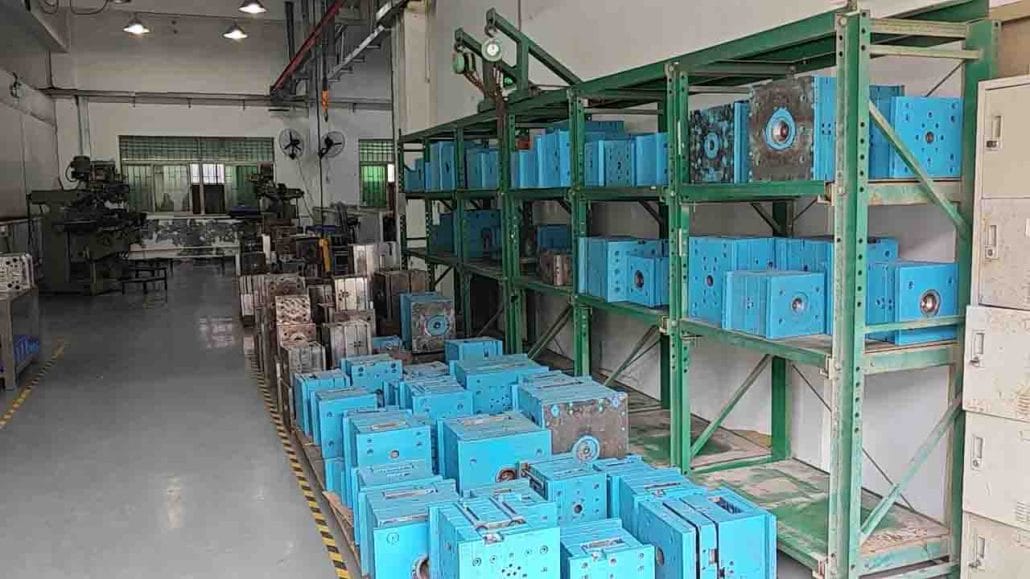As an injection molding professional, you understand the importance of reducing cooling time to increase production output, but how can it be done effectively? In this comprehensive guide, we will explore the latest techniques and strategies to help you optimize your cooling time and achieve maximum efficiency.
Understanding the Importance of Cooling Time in Injection Molding
Cooling time is a crucial stage of the injection molding process that plays a significant role in the final quality of the product. This stage takes place immediately after the molten plastic has been injected into the mold cavity, and it is vital for the plastic to solidify before the mold opens.
Proper cooling time ensures that the plastic has adequate time to solidify, reducing the risk of warping, and increasing the strength and durability of the final product. However, if the cooling time is too long, this can slow down production and lead to higher operational costs, reducing your overall efficiency.

Strategies to Reduce Cooling Time
1.Optimize Cooling Channels
One way to reduce cooling time is by optimizing the cooling channels within the mold. The placement and design of the cooling channels play a significant role in the overall cooling time. A well-designed cooling channel should ensure that the plastic is evenly cooled to achieve consistent wall thickness and prevent warping.
To optimize cooling channels, consider using computer-aided design (CAD) simulations to help identify areas that require additional cooling and adjust the design accordingly.
2.Reduce Hot Spots
Hot spots in the mold can cause localized melting and can lead to uneven cooling times. This increases the risk of warping and distortion, leading to poor product quality. To reduce this, use mold temperature control units (TCUs) to keep the mold at a consistent temperature throughout the process.
Additional measures, such as adjusting the injection speed, pressure, and temperature, can further reduce the risk of hot spots and improve cooling times.
3.Increase Cooling Rate
Increasing cooling rates can help reduce cooling time without compromising the quality of the final product. One way to increase the cooling rate is to use water-cooled mold inserts to cool the plastic more quickly.
Additionally, consider using a mold release agent to improve heat transfer and facilitate faster cooling. This can be particularly useful when molding thicker sections that require longer cooling times.
4.Implement Cooling Time Monitoring
Implementing cooling time monitoring systems can help you track and analyze cooling times and identify areas that require improvement. By monitoring cycle times, you can identify patterns and optimize cooling time to achieve maximum efficiency.
Conclusion
Reducing the cooling time is vital to achieve maximum efficiency in injection molding. By optimizing your cooling channels, reducing hot spots, increasing cooling rates, and implementing cooling time monitoring, you can reduce cooling time and improve the overall quality of the final product.
We hope this guide has given you valuable insights and strategies to help reduce cooling time and improve the efficiency of your injection molding process. With the right knowledge and techniques, you can achieve maximum output while maintaining high-quality standards.


